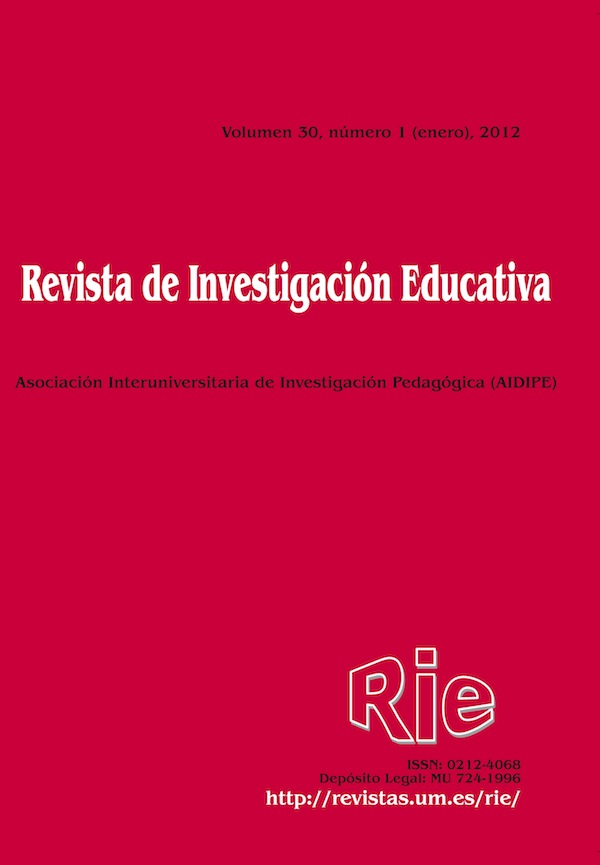Teaching mathematical and linguistic external systems of representation in childhood education
Supporting Agencies
- Proyecto I D I financiado por el Ministerio de Ciencia e Innovación
- 2010-2012 (Ref. EDU2009-13893-C02-02)
- y Proyecto financiado por el Instituto de Investigación Educativa de la Universidad de Girona
Abstract
The aim of this study is to identify factors that contribute to maintaining an instrumental teaching approach to the teaching of mathematical and linguistic external systems of representation in early school years. The study involved 123 kindergarten teachers from various public schools of Andalucía, Asturias, Cataluña and Navarra (Spain) who had participed in teacher training courses. The qualitative analysis was based on focus groups using topics as a starting point. The analysis of results shows the influence of various factors related to an instrumental approach: influence of early childhood curriculum, teachers’ conceptions, pressures between educational levels and social pressure. The identification of factors associated with instrumental teaching of external systems of representation may be regarded as relevant information about the teaching conditions of these systems, and also allows us to reconstruct educational practices.
Downloads
-
Abstract614
-
PDF (Español (España))1134
The articles and scientific documents published in RIE abide the following conditions:
1. The Servicio de Publicaciones de la Universidad de Murcia (the publisher) has the property rights (copyright) of all the documents published and allows the reuse under the user’s license indicated in point 2.
2. All documents are published in the digital edition of RIE under a Creative Commons Reconocimiento-NoComercial-SinObraDerivada 4.0 Internacional. (legal document) license. These documents can be copied, used, distributed, communicated and explained publicly if: i) the author(s) and its original source of publishing (magazine, publisher and URL of the document) are cited; ii) it is not used for commercial purpose; iii) the existence and the specifications about this license are mentioned.
3. Auto-archive’s conditions. The authors are allowed and encouraged to digitally distribute the pre-print versions (a version before evaluation) and/or post-print (a version that it is already evaluated and accepted to its publication). This promotes circulation and distribution earlier and can increase the citations and significance within the academic community.









